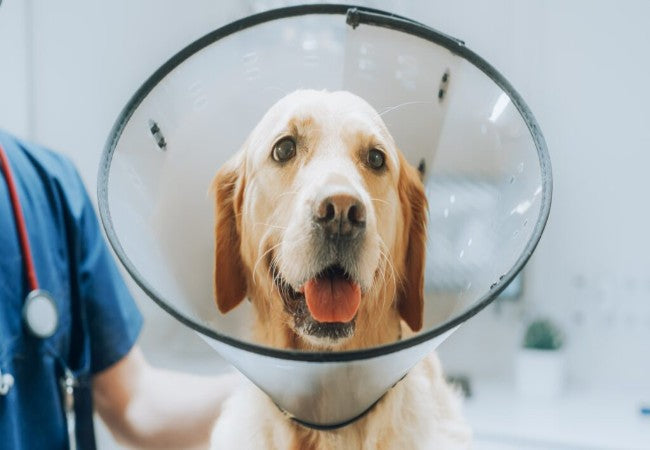Dog Neutering in 2025: Vet‑Approved Guide to Procedure, Benefits & Care 🩺🐶

In this article
Dog Neutering in 2025: Vet‑Approved Guide to Procedure, Benefits & Care 🩺🐶
By Dr. Duncan Houston BVSc
Neutering (also called castration) removes a male dog’s testicles via surgery. It requires general anesthesia and careful post-op care—typically lasting about two weeks—with most dogs recovering smoothly and returning to normal activity. 🩺✂️
1️⃣ What Happens During the Procedure?
- Surgical removal of testicles through a small incision just above the scrotum.
- Performed under general anesthesia with monitoring of vital signs and sterile technique.
- May involve abdominal surgery if one or both testicles haven’t descended (cryptorchidism).
- Surgery time is ~20 minutes, full procedure ~30–60 minutes.
2️⃣ Why Neuter Your Dog?
- Prevents reproduction and contributes to solving pet overpopulation.
- Eliminates risk of testicular cancer; lowers risk of prostate problems.
- Reduces hormone-driven behaviors—roaming, marking, mounting, and some aggression.
3️⃣ Health & Behavioral Benefits
- Fixed males are less likely to roam or mark territory and tend to be calmer.
- May decrease aggression in up to two-thirds of inter-dog aggressive behavior.
4️⃣ Risks & Possible Downsides
- As with any surgery, risks include adverse anesthesia reaction, bleeding, infection (rare).
- Potential long-term risks: slight increase in certain cancers, urinary incontinence, weight gain if calorie intake isn’t adjusted.
- Early neutering may influence joint development or cancer risk in large-breed dogs—age should be tailored to each dog.
5️⃣ How to Prepare Your Dog
- Pre-op exam and blood work to assess health and anesthesia safety.
- Fast for ~8–12 hours before surgery, unless directed otherwise by your vet.
- Bring home an Elizabethan (cone) collar to prevent licking incision.
6️⃣ Post-Operative Care Tips
- Limit activity—no running or jumping—for ~10–14 days to prevent wound disruption.
- Monitor incision daily for redness, swelling, discharge; keep it clean and dry.
- Use prescribed pain meds even if your dog seems well, to manage discomfort.
- Prevent licking with cone or soft sleeves; remove external sutures in 10–14 days if not absorbable.
- Gradually resume exercise after vet check around day 14.
7️⃣ Ideal Age to Neuter
- Typically scheduled between 6–12 months of age, before sexual maturity.
- Smaller breeds often neutered earlier (5–7 months); larger breeds may benefit from waiting to reduce orthopedic risks.
- Older dogs can be neutered safely, offering protective health benefits.
📊 Quick Neuter Overview
| Aspect | Details |
|---|---|
| Surgical time | ~20 mins; full recovery ~2 weeks |
| Major benefits | Prevents reproduction, testicular cancer, prostate issues, behavior problems |
| Main risks | Anesthesia reactions, wound issues, possible weight gain |
| Preparation | Pre-op exam, fasting, cone on standby |
| Aftercare | Limit activity, monitor incision, medicate pain, vet follow-up |
🔍 Final Thoughts
Neutering is a routine, safe veterinary surgery that offers key health and behavioral benefits. With proper prep, gentle aftercare, and a vet‑guided timing plan personalized for your dog, this procedure supports their well-being and contributes to community pet health. ✨🐕
Need help deciding when to neuter or managing recovery care? Download the Ask A Vet app for tailored expert support anytime. 📱❤️






